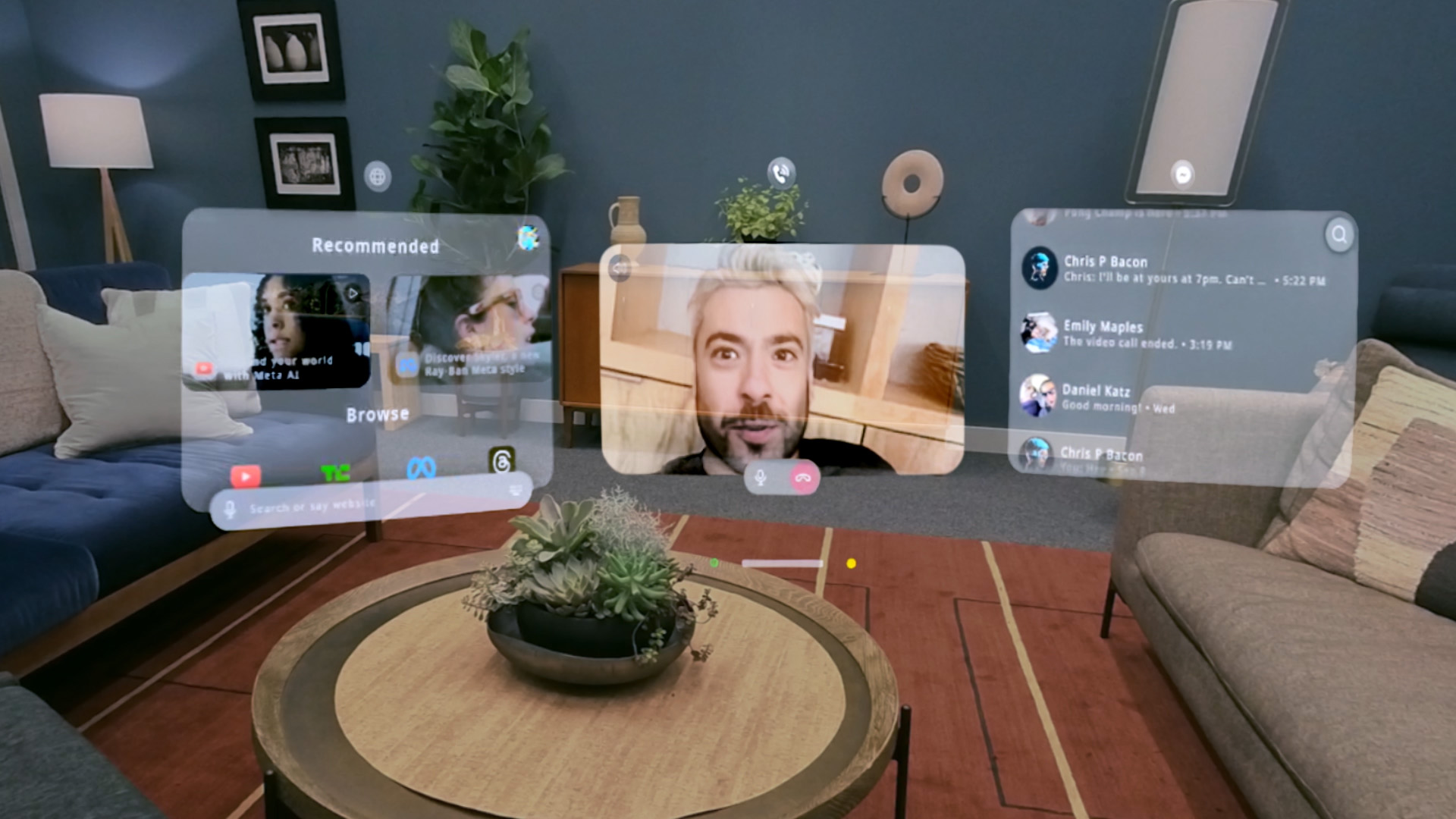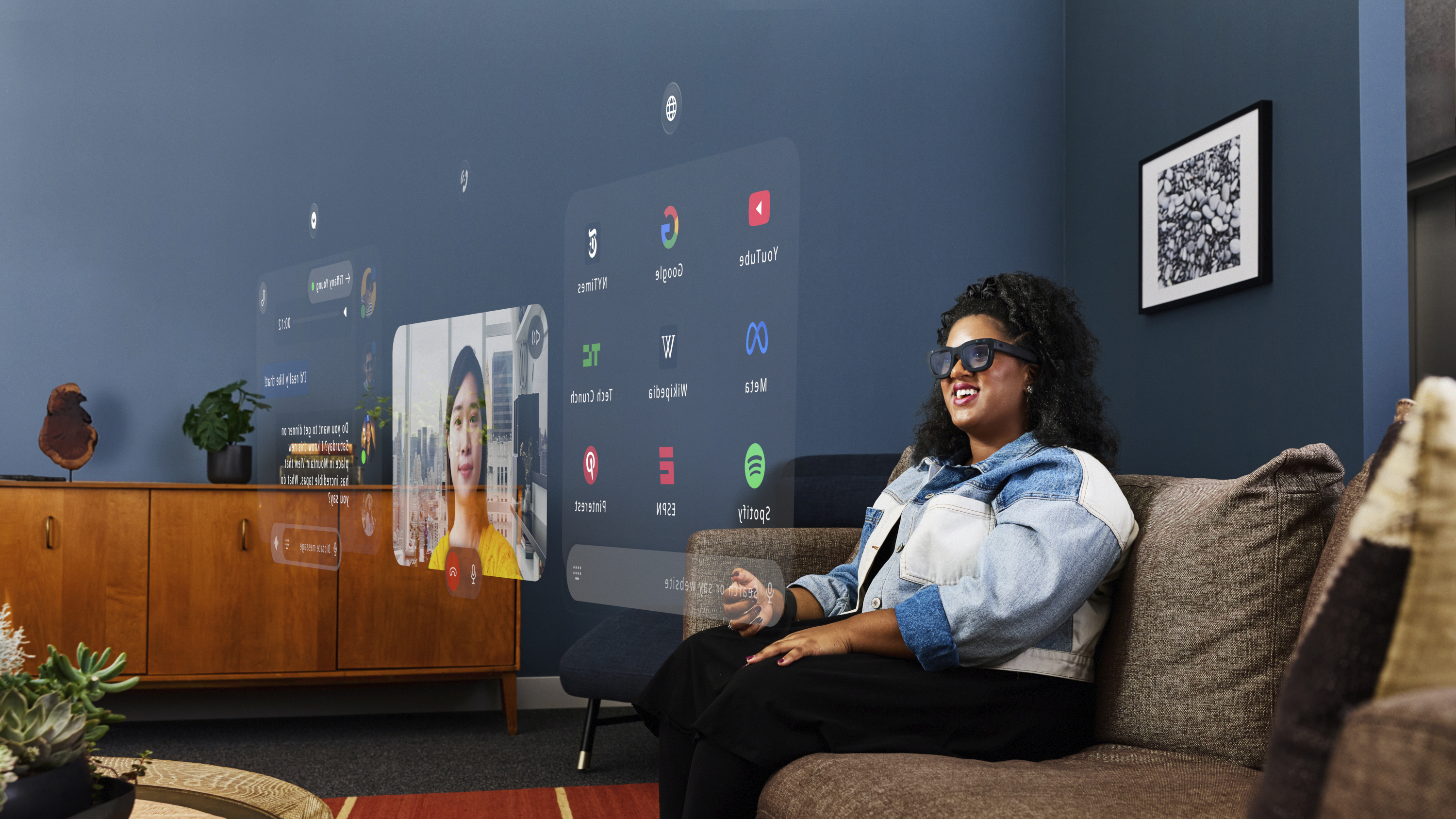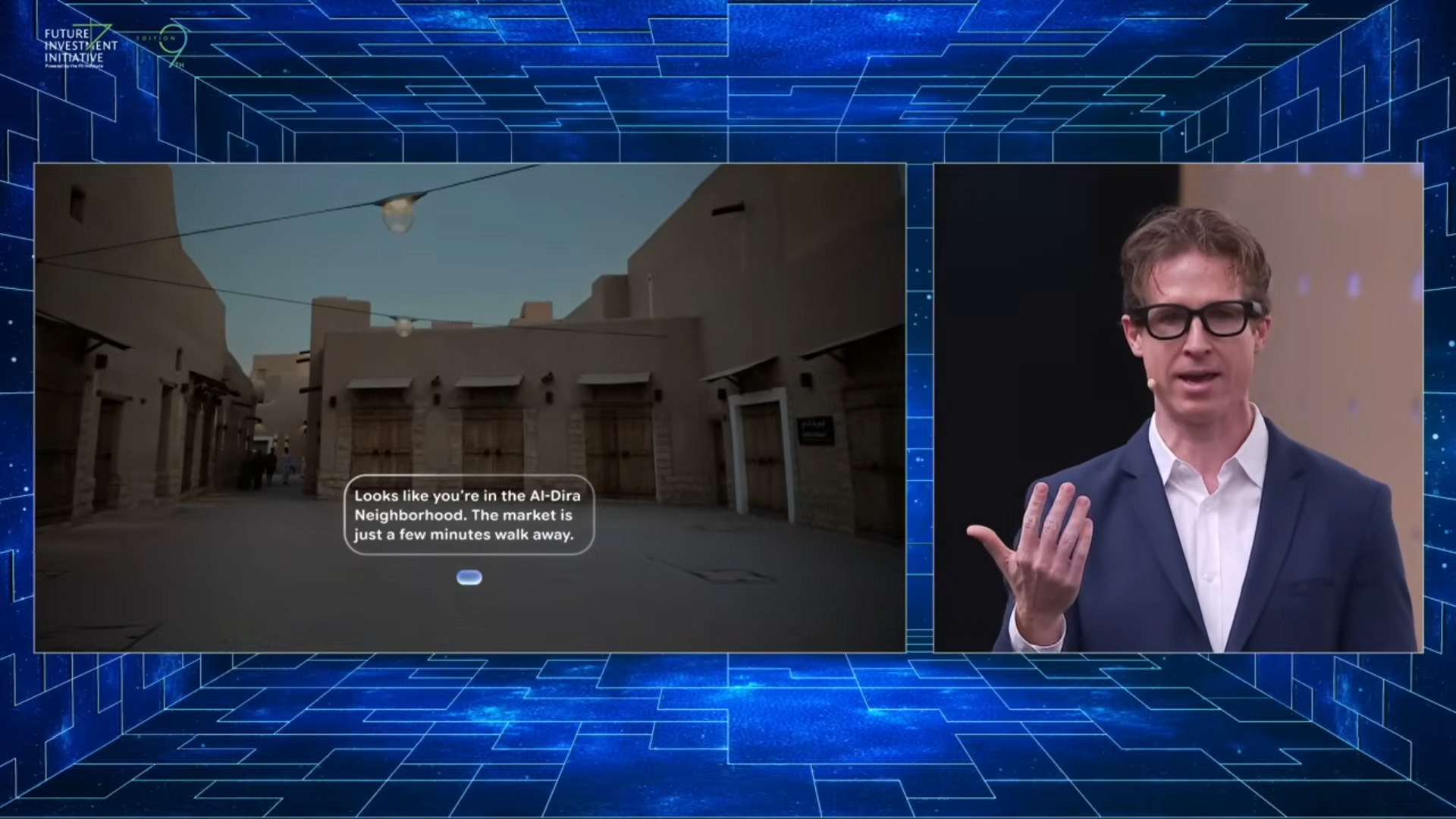

In his weekly column, Android Central Senior Content Producer Nick Sutrich delves into all things VR, from new hardware to new games, upcoming technologies, and so much more.
This past week, Samsung and Google launched the Android XR platform on the Galaxy XR headset. This powerful combination shows us what Google's dedicated XR platform is capable of on a mixed reality headset, but how about a pair of smart glasses?
If you haven't heard yet, Android XR is a versatile new version of Android that works on a wide variety of XR devices, ranging from powerful VR headsets to lightweight AI-powered smart glasses. So far, we only have one product on the market that uses the OS, but we know a lot more are coming, and the next big wave is going to be in a smart glasses form factor.
Enjoy our content? Make sure to set Android Central as a preferred source in Google Search, and find out why you should so that you can stay up-to-date on the latest news, reviews, features, and more.
Samsung told us that it would be building the Google smart glasses co-branded with Warby Parker and Gentle Monster, a revelation that wasn't clear when we first tried these smart glasses at Google I/O 2025. Knowing that Samsung is behind all of the hardware that's been seen so far helps paint a clearer picture of what to expect when the first products land sometime in 2026.
What they will be

The glasses you see above are Magic Leap's first prototype Android XR-powered smart glasses, showcased at the Future Investment Initiative (FII) in Riyadh, Saudi Arabia, on October 29, 2025. They look similar to the ones developed by Samsung that were showcased at Google I/O 2025 and will undoubtedly be among the most popular smart glasses form factors going forward.
These smart glasses feature a display in one lens, similar to Meta's Ray-Ban Display Glasses. This display uses a holographic waveguide that's visible to the glasses wearer but not to anyone looking from the outside. They have a limited field of view and are primarily used to display notifications, turn-by-turn directions, music playback controls, and other features you might be accustomed to seeing on a smartwatch.
So far, Google has only shown off glasses that use Gemini voice controls to navigate on the device. That means you need to say "Hey, Google" any time you want to do anything on the glasses. It's a great way to interact while driving or when both of your hands are busy, but it's not ideal for any situation with lots of background noise or when you need to be quiet.

Cameras mounted on each side can capture photos and record video, giving you a hands-free camera that can be activated in a split second. That can be particularly useful when you're trying to capture something funny your kids or pets are doing, for instance, while a phone takes much longer to pull out of your pocket, launch the camera, and hit record.
Samsung's glasses will almost certainly be entirely reliant on your phone, similar to a Bluetooth-only smartwatch. The glasses will have some local functionality — capturing photos and video, and maybe locally stored music playback — but they aren't designed to replace your phone. At best, I expect them to be priced slightly lower than Meta Ray-Ban Display Glasses, since they won't be able to do as much with voice-only input.
Essentially, I expect these glasses to operate almost identically to Ray-Ban Meta Gen 2, albeit with a display that can visually show you Gemini's feedback and notifications. That visual component could make all the difference to some people, though, as even a camera viewfinder on the display could make it significantly easier to frame your photo or video like you want.
And I also expect Samsung to launch glasses without this in-lens display, allowing for more affordable options.
What it won't be

The screenshot you see above is what I saw when demoing Meta Orion at Meta Connect 2024. Meta Orion is a pair of smart glasses that feels more like a full "face computer" in a compact form factor. In essence, it's a VR headset without the bulk or immersive mode.
Samsung's smart glasses will not be a Meta Orion competitor. Not yet, at least. They won't replace your phone, and they likely won't play games or do anything more than you might use your smartwatch for. They're effectively a nice wearable camera with an AI assistant attached that can also make phone calls and display notifications. A way to stop looking at your phone so darn often.
Warby Parker and Gentle Monster smart glasses made by Samsung almost certainly won't have the ability to track the space around you like a VR headset (or Meta Orion) can, meaning they won't be able to use that in-lens display to overlay virtual imagery on the real world. There's also no evidence showing that Google or Samsung has any sort of input device like the Meta Neural Band. This is a voice-only experience.

Because of this, they also won't be terribly expensive. Meta Ray-Ban Display Glasses are only $799 because they cut out a lot of the uber-expensive components that make Meta Orion as capable as it is, and the inclusion of the Meta Neural Band in the box only adds to that cost. If I'm being hopeful, Samsung's display glasses should come in at less than $799.
If we've learned anything about Ray-Ban Meta smart glasses, smart glasses without a display likely won't cost much more than a standard pair of designer-brand frames with lenses, making them a reasonable option for glasses wearers who want more out of their daily specs.
Despite both of these types of glasses running Android XR, I don't expect to see them running full Android apps. Almost certainly, Android XR on smart glasses will operate like a cut-down version of Wear OS, relying on companion apps or smartphone app connectivity to do all the heavy lifting.

Even without full apps running on the display, I can guarantee these will still be an impressive experience that'll augment your everyday life. Whether that's being a tourist and asking Gemini about what you're seeing in a foreign country (see the above image), or asking it how to improve your golf swing, there's a very real reason these will become the next big thing in tech.
That's going to be especially true if Google and Samsung end up getting the "remember" feature from demos working on the final product. No matter what, we're likely only a few months away from them landing, and it's going to be great to see this space quickly improve and iterate the way we saw smartwatches evolve over a decade ago.
FAQ
When are the Samsung/Google Android XR smart glasses expected to launch?
Samsung teased its Android XR glasses in October 2025. Yet, while the company did not specify a release window, we can assume that we will see the first pair launch sometime in 2026.
What type of Android XR smart glasses will we see from Samsung and Google?
We expect two different types of smart glasses from Google and Samsung. The first may be AI glasses similar to the Ray-Ban Meta (Gen 2), which will focus on voice commands and touch controls, as well as a pair with an in-lens display for visual feedback and interactions.
Who is Samsung partnering with for the co-branded design of the smart glasses?
Samsung has announced that it is partnering with Warby Parker and Gentle Monster on smart glasses that will "pair advanced XR capabilities with style, comfort and practicality, bringing boundary-free discovery, work and play into daily life."
What is the anticipated price range for the Samsung/Google Android XR smart glasses?
We can expect Samsung's display-less smart glasses to cost roughly the same as the Ray-Ban Meta (Gen 2), which starts at $349. The display glasses may cost less than the Meta Ray-Ban Display Glasses ($799) as we don't expect them to feature a separate neural band.







